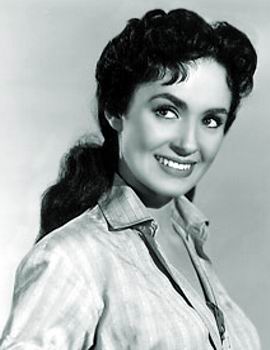

Usually a docile breed, these four were in an absolute frenzy, and Timothy, in order to protect the paramedics, had locked them up in his room. The sudden eeriness was made worse by the sound of Timothy’s four pet Attika dogs. The house also appeared to have been ransacked: furniture was overturned, drawers were open and their contents strewn about the house. Inside, rubbish bags lay strewn in every room, newspapers and magazines were stacked in toppling piles along the corridors and trash and rotting food was everywhere. Nothing, however, could have prepared paramedics for the chaos that met them when they pushed open the door. Their house was a prime piece of real estate perched on top of a hill with a view of the lights of Los Angeles below, though it seemed a bit dilapidated from the outside and shabbier than the other impeccably maintained properties on the street. He told the two paramedics that he had been attacked, that his mother was in the bedroom and that he believed she was also injured. A fire department paramedic unit responded to the call and arrived just four minutes later, by which time Timothy was waiting for them, now quite calmly, outside the front door. The caller breathlessly identified himself as Timothy Cabot and he reported the entry of a burglar at the house that he shared with his mother. On the night of December 10, 1986, emergency services received a call from Susan Cabot’s home on 4601 Charmion Lane. For all intents and purposes, Cabot had vanished. Cabot and her son lived in a large property in an exclusive neighbourhood in Encino in Los Angeles but were very rarely seen by neighbours. Extracted from royal jelly, these enzymes make her young again but ultimately, turn Cabot’s character into a lustful, murderous queen wasp.Ĭabot soon afterwards disappeared into obscurity. But Cabot abruptly terminated her contract with Universal after a brief stint on Broadway where she started working with Roger Corman and starred in The Wasp Woman, where she excelled in what was to be her final role – as Janice Starlin, a character who unwisely tests out a rejuvenating beauty product derived from wasp enzymes. Cabot had acted alongside Hollywood legends such as Humphrey Bogart, Charles Bronson, and Lee Marvin. The murder victim was Susan Cabot, who had been a household name in the 1950s.

Throw in a Latin American ninja and a dwarf on a strange experimental drug and the “Wasp Woman murder,” as it was known, became a Hollywood legend almost overnight. So, when in 1986 a real Hollywood recluse was found bludgeoned to death in her dilapidated home, it made headlines all over America. Both Billy Wilder’s film noir Sunset Boulevard (1950) and Robert Aldrich’s gothic horror What Ever Happened to Baby Jane? (1962) were set in decaying Hollywood mansions and both tell the story of actresses driven mad by their sudden loss of fame.

Perhaps the strangest of all the cases I have ever covered is the Wasp Woman Murder, elements of which also served as inspiration for the first Inspector Guillermo Downes thriller, specifically the death of a recluse who is found dead on the top of a remote hill in the Cotswolds.Īmong the many murderers and psychotics portrayed in the movies there is one type of deranged lunatic particularly close to Hollywood’s heart: the actress-turned-recluse. It was after these experiences that I wrote The World’s Most Bizarre Murders. While working for Bizarre, I interviewed some of the most eminent psychologists, criminologist, and CSI investigators operating in their field today and wrote extensively about some of the world’s most notorious killers. I used to be a regular contributor to Bizarre magazine in the UK. Many of the elements of my first novel The Drowning Ground are based around killers I have researched in the past.


 0 kommentar(er)
0 kommentar(er)
